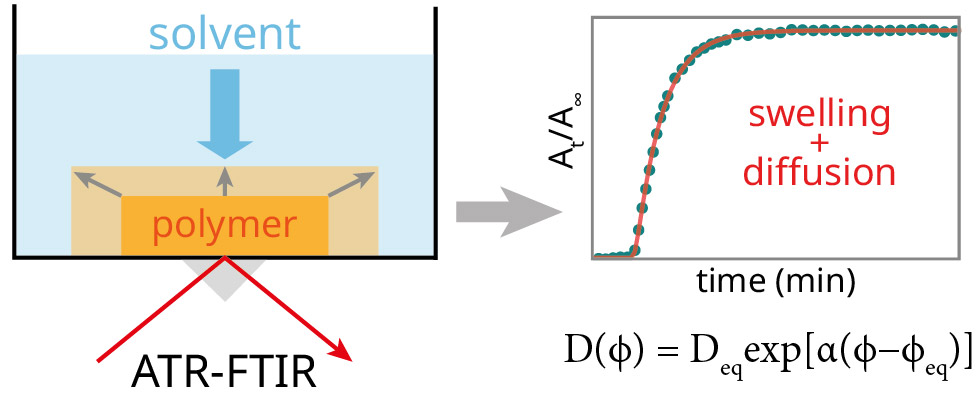After our previous work gave us the methods to monitor metal soap crystallization kinetics, a new paper in Phys. Chem. Chem. Phys. now shows that water catalyzes the zinc soap crystallization process. We could also demonstrate that polar organic solvents that contain water impurities have an enormous effect on zinc soap crystallization by delivering water quickly deep into paint layers. These result are very important for paintings conservation, where such solvents are frequently used during conservation treatments.
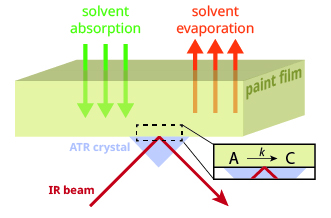

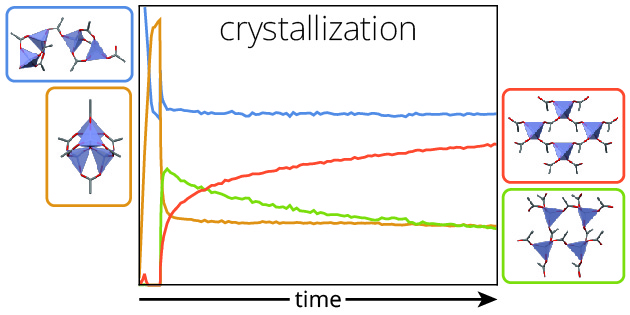

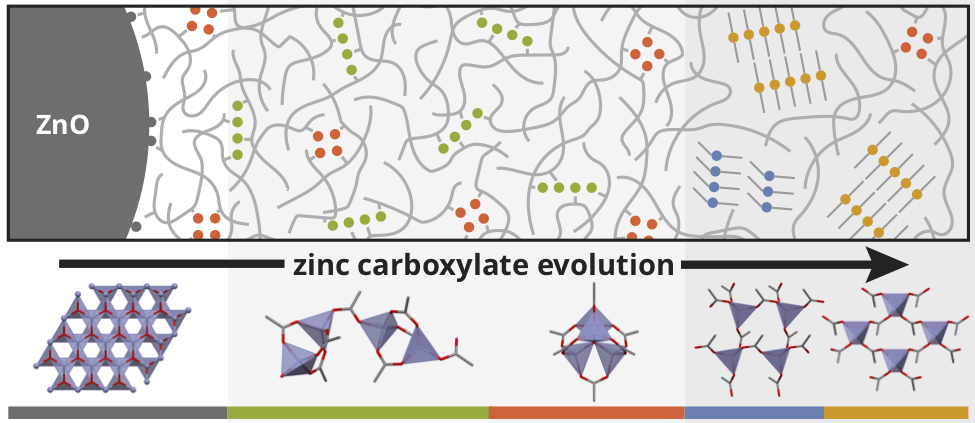
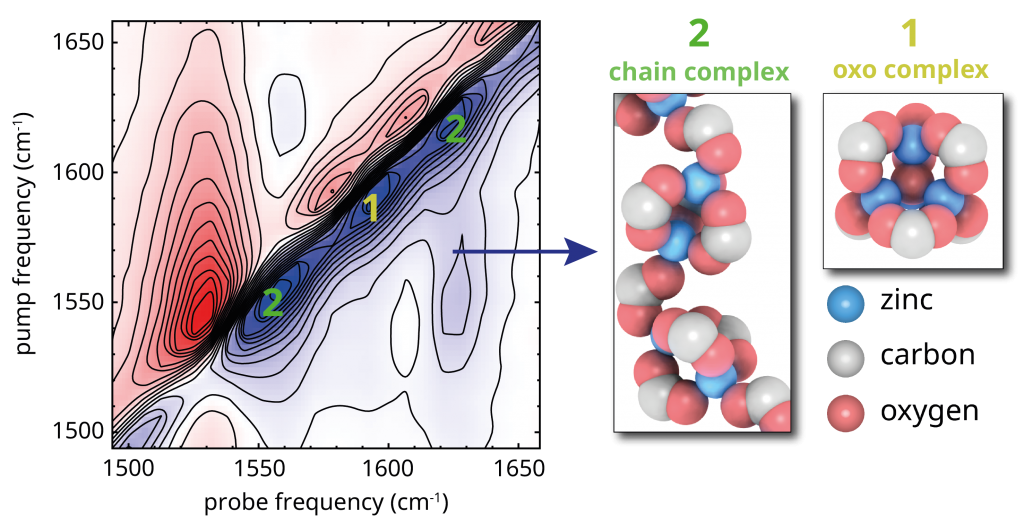
 The popular science magazine ‘New Scientist’ awards a prize for the most promising Dutch or Flemish researcher. This year, I am one of the nominees! The finalists are selected by a combination of a jury and a public vote. Please vote before May 6th! Link to voting page (in Dutch)
The popular science magazine ‘New Scientist’ awards a prize for the most promising Dutch or Flemish researcher. This year, I am one of the nominees! The finalists are selected by a combination of a jury and a public vote. Please vote before May 6th! Link to voting page (in Dutch) 
